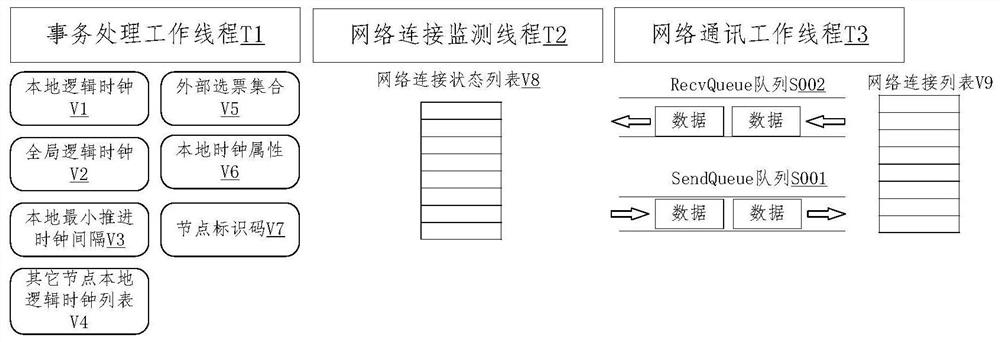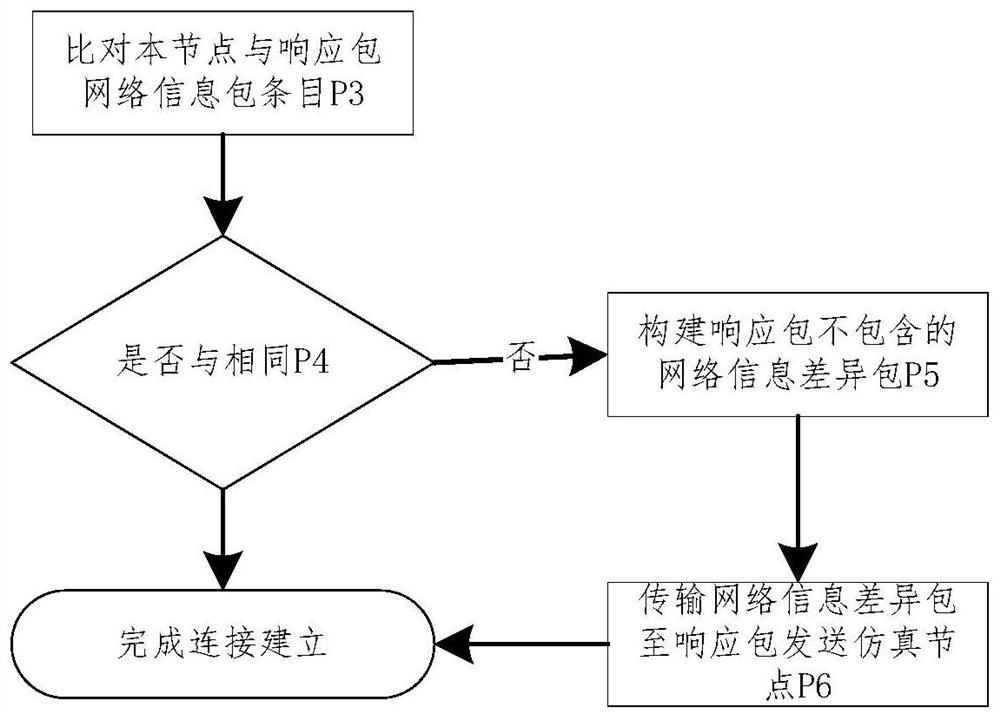Time consistency synchronization method for distributed simulation
A distributed simulation and consistency technology, applied in the directions of synchronizing information channels, generating/distributing signals, time-division multiplexing systems, etc. The effect of correctness and scale
- Summary
- Abstract
- Description
- Claims
- Application Information
AI Technical Summary
Problems solved by technology
Method used
Image
Examples
Embodiment 1
[0075] In this embodiment, the master clock controls the synchronization of other clocks in the network, that is, the slave clock. Clock control information is exchanged between the master clock and other local slave clocks to synchronize the local slave clocks with the master clock. The clock control information exchanged includes: the identification code of the slave clock; the current logical time of the slave clock; the minimum logical time advancement of the slave clock; the attempt of the slave clock to advance to the logical time; Response information after receiving the time advancement request of the slave clock; Vote information used for voting on the selection of the master clock after the current master clock is down.
[0076] Such as figure 1 As shown, the simulation node includes three working threads, namely: transaction processing working thread T1, network connection monitoring thread T2, and network communication working thread T3. The network communication...
PUM
 Login to View More
Login to View More Abstract
Description
Claims
Application Information
 Login to View More
Login to View More - R&D
- Intellectual Property
- Life Sciences
- Materials
- Tech Scout
- Unparalleled Data Quality
- Higher Quality Content
- 60% Fewer Hallucinations
Browse by: Latest US Patents, China's latest patents, Technical Efficacy Thesaurus, Application Domain, Technology Topic, Popular Technical Reports.
© 2025 PatSnap. All rights reserved.Legal|Privacy policy|Modern Slavery Act Transparency Statement|Sitemap|About US| Contact US: help@patsnap.com



